
Treviparks have been built in the Italian cities of Milan, Turin and Rome, but the main concentration of these radial underground car-parks is in Cesena, where Trevi is headquartered.
The underground car-parks were built to ease traffic flow and help improve the environment, according to the company.
"Cesena has an historic medieval centre, and the municipal government is trying to discourage traffic," the spokesman says. "The approach was to provide small parking areas at intervals along the ring road around the outside of the walled town from where the centre would be within easy walking distance.''
He continues: ''Providing compact underground parking also removes the need for street parking. This can improve traffic flow on main roads, while giving the opportunity for environmental improvements."
Elaborating on the projects in Cesena, the spokesman says: "In the Ex Essicatoio Martini area, two six-storey Treviparks were installed. Each cylindrical structure was built using a total of 104 piles in diameters of 800 mm going to a depth of 16.5 m, 13.5 m of which was cased.
"The piles were installed at distances of 60.4 cm between their axes, to achieve a continuous 35-cm-thick resisting wall at the bottom of the excavation. From a static point of view, the structure was simply compressed, and thus did not need steel reinforcement.
"Also, in the central Piazza Fabbri (Fabbri Square), a seven-storey Trevipark was built using 110 piles in diameters of 900 mm going to a depth of 21.5 m, 16.5 m of which was cased. The piles were installed at a distance of 57.1 cm between the axes to achieve a continuous 50-cm-thick resisting wall at the bottom of the excavation."


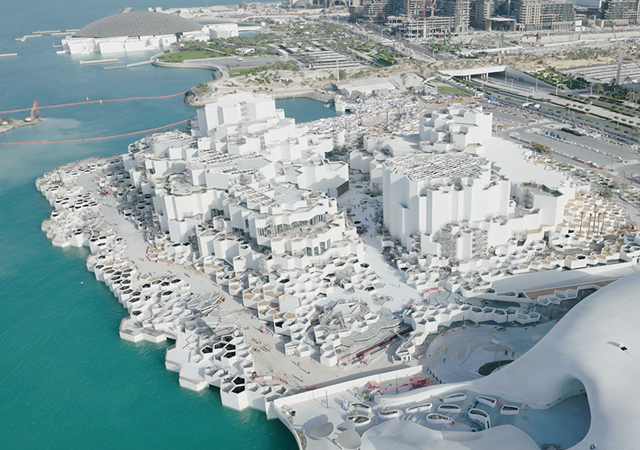
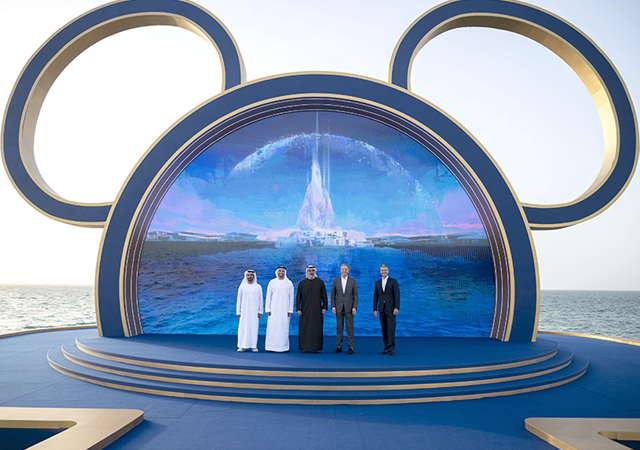

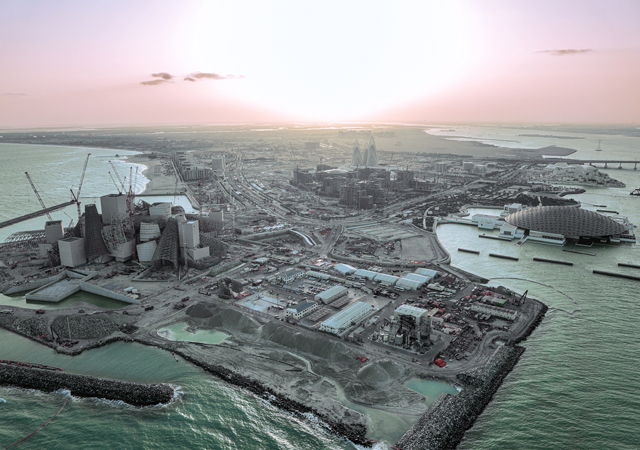

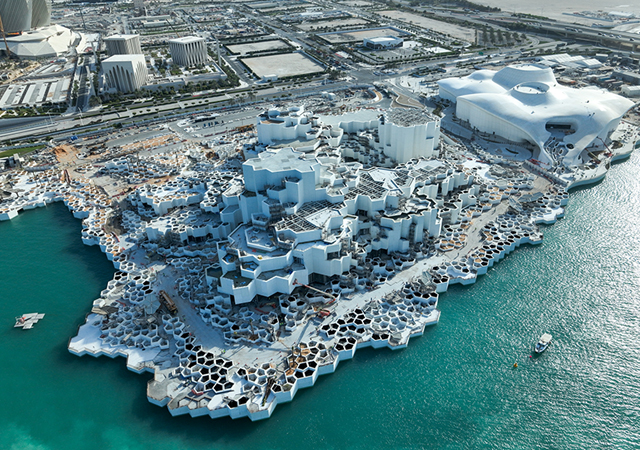
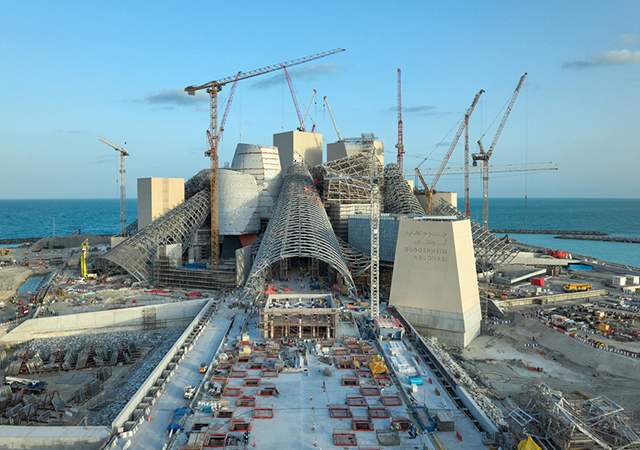
.jpg)


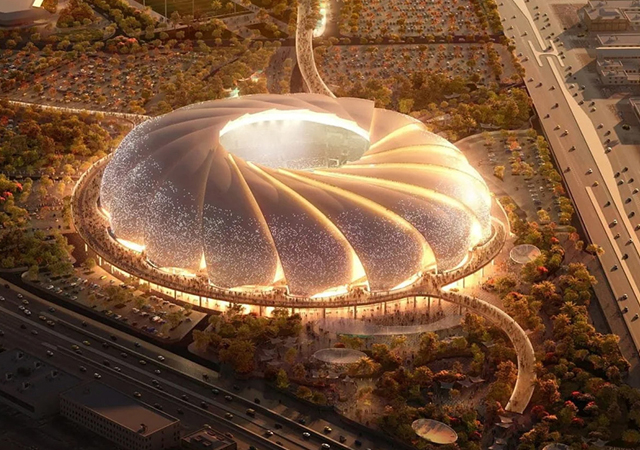

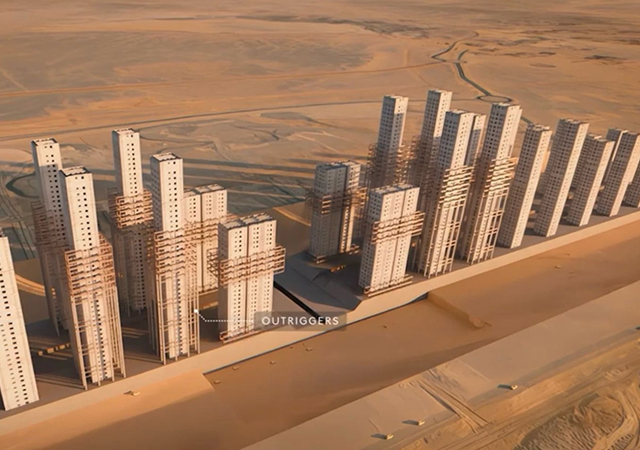
.jpg)

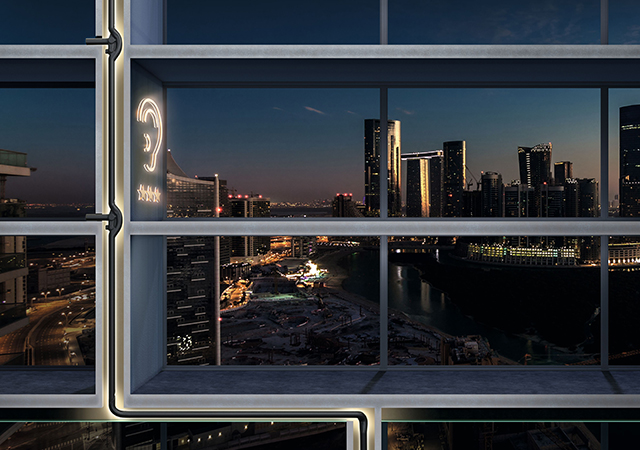
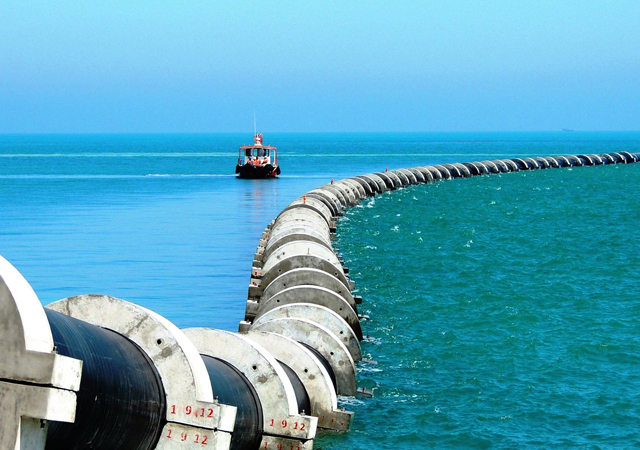



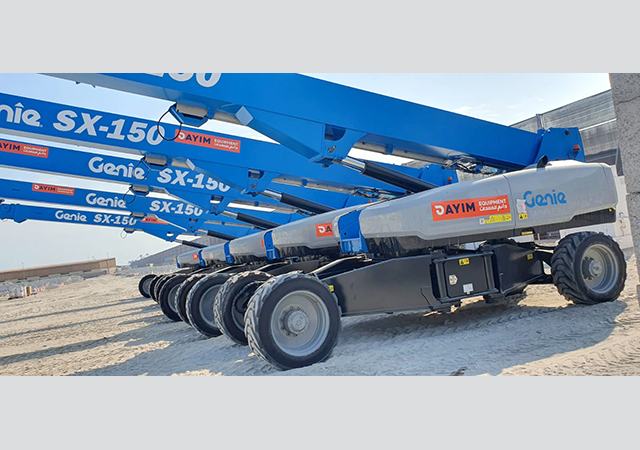
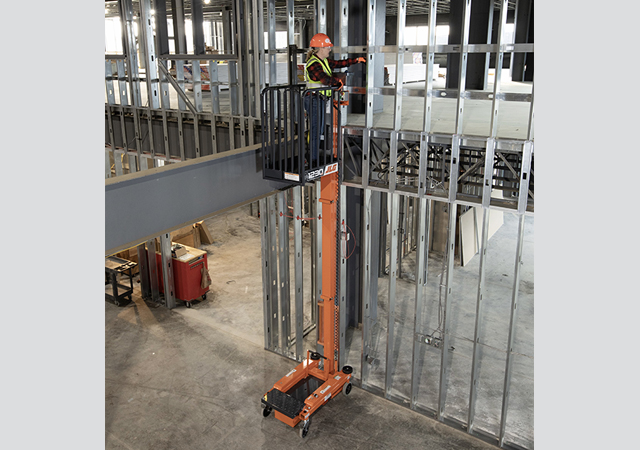
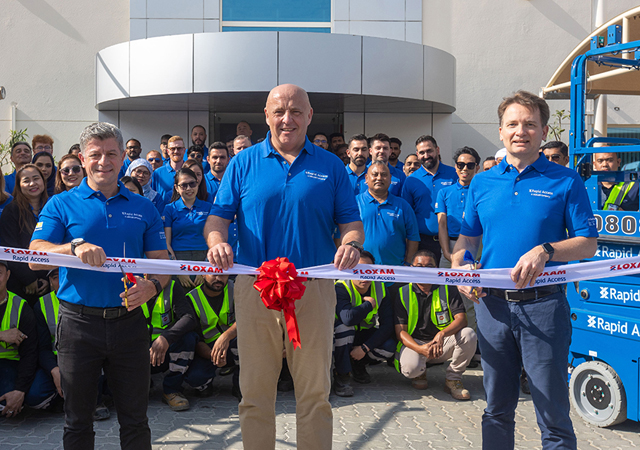
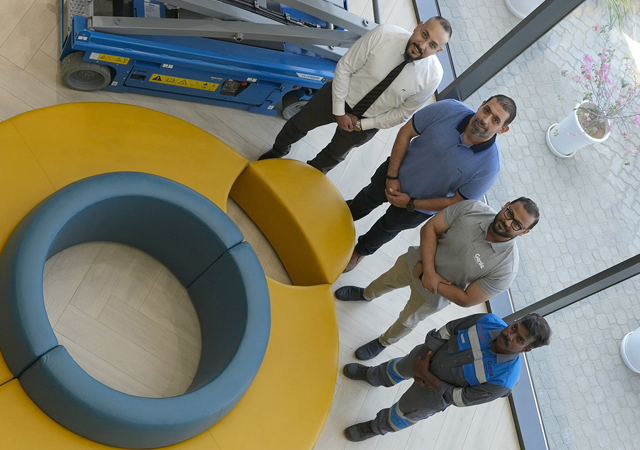
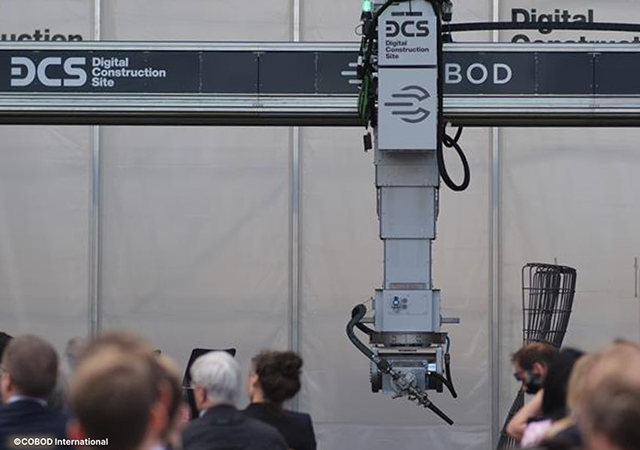
Doka (2).jpg)
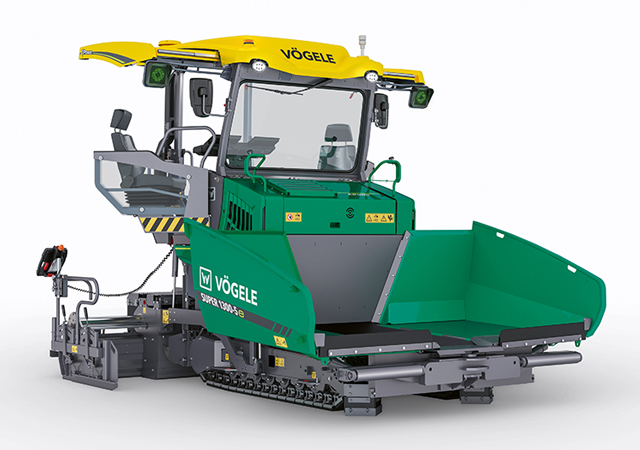


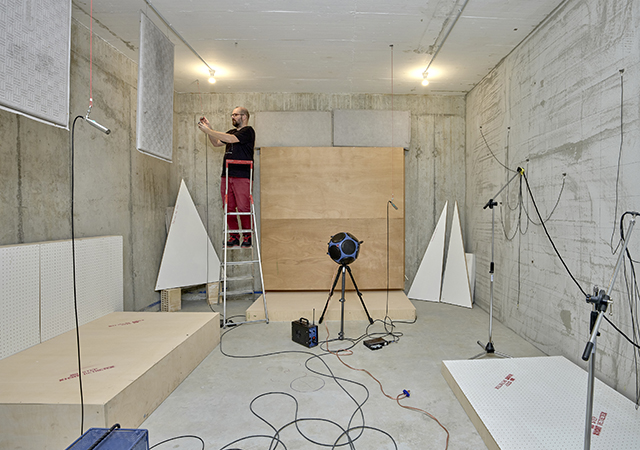
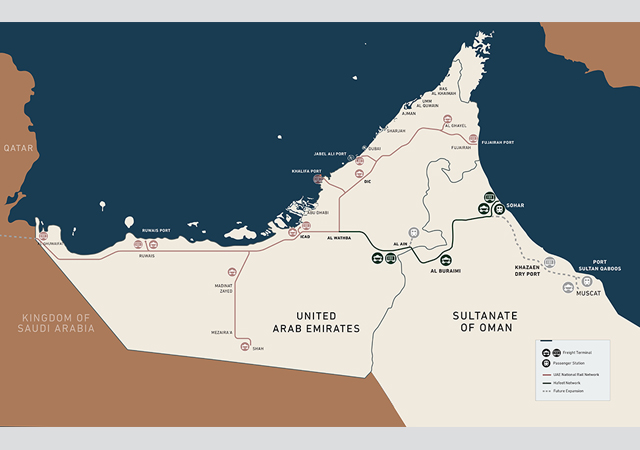
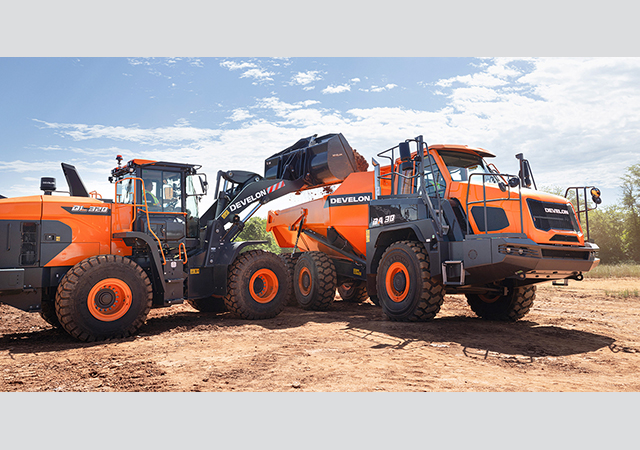
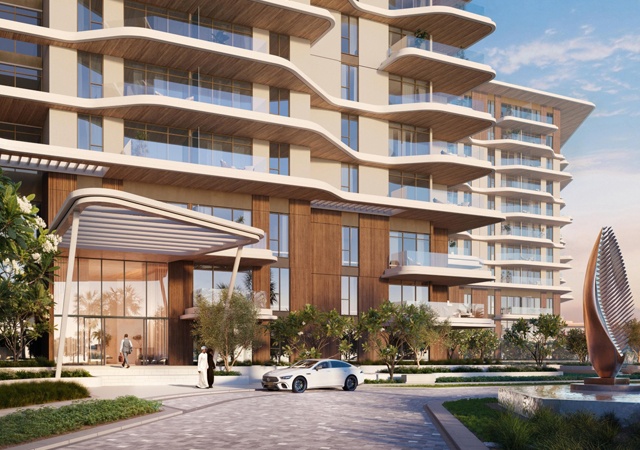

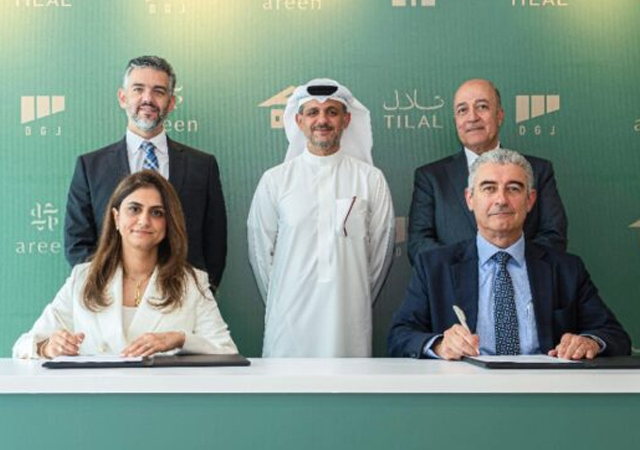
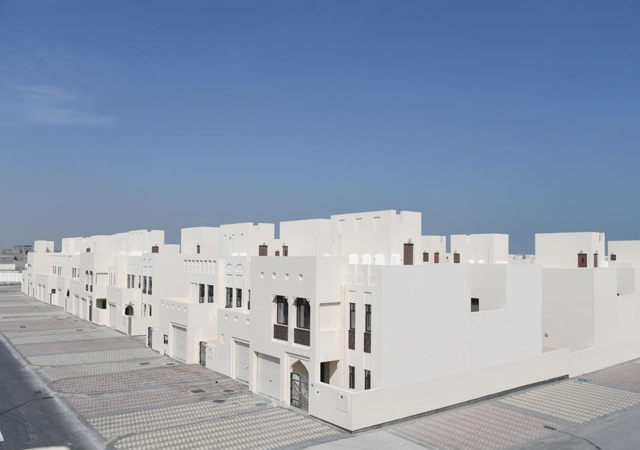


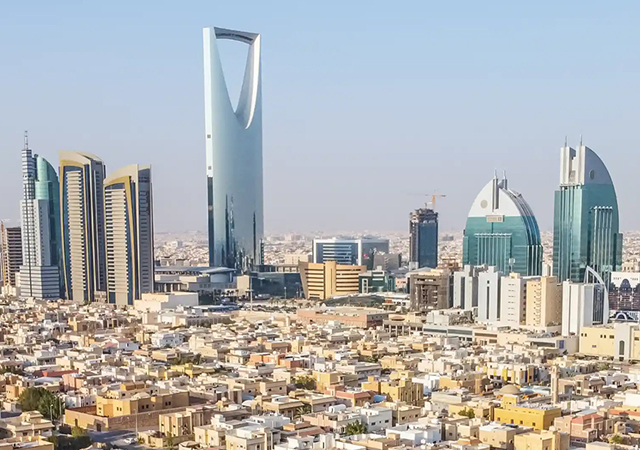
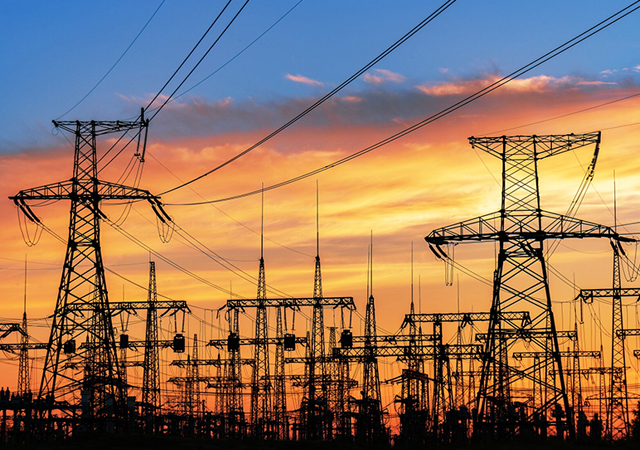

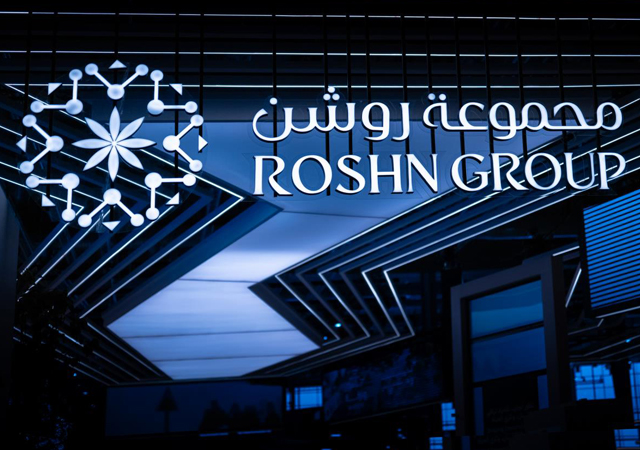
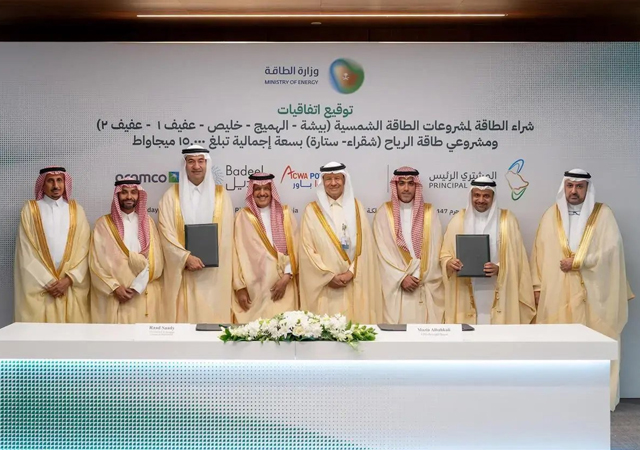

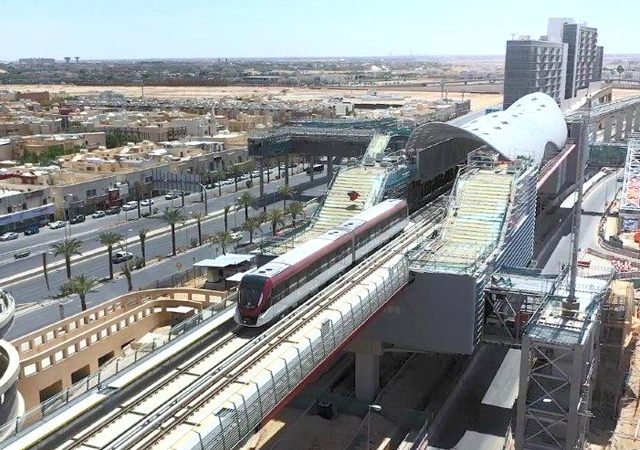
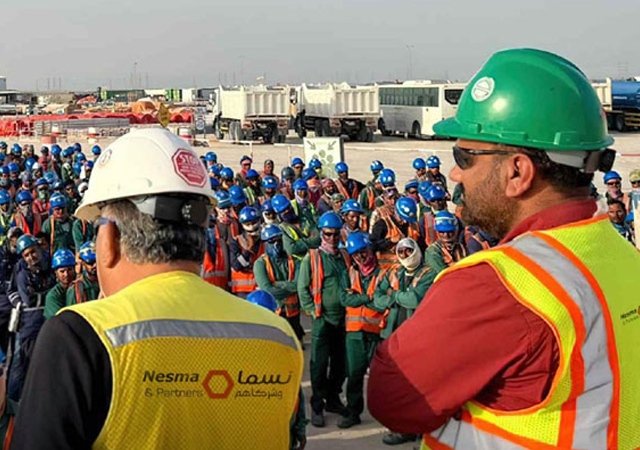
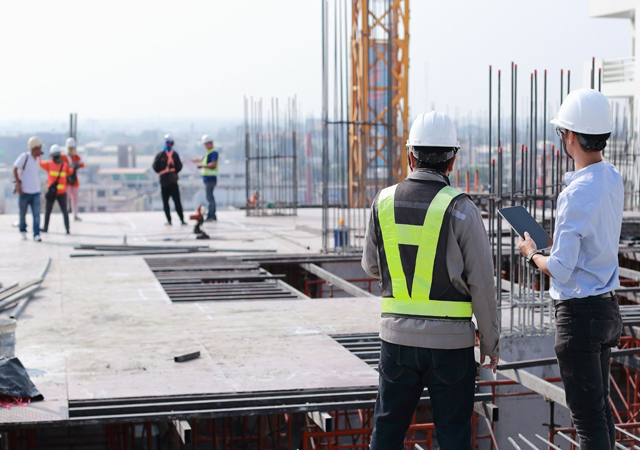
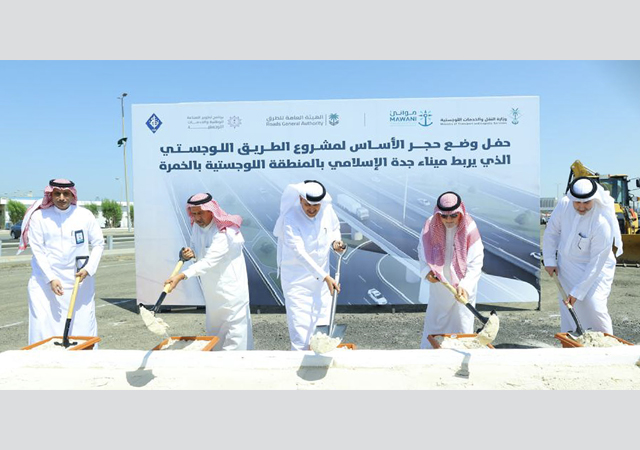
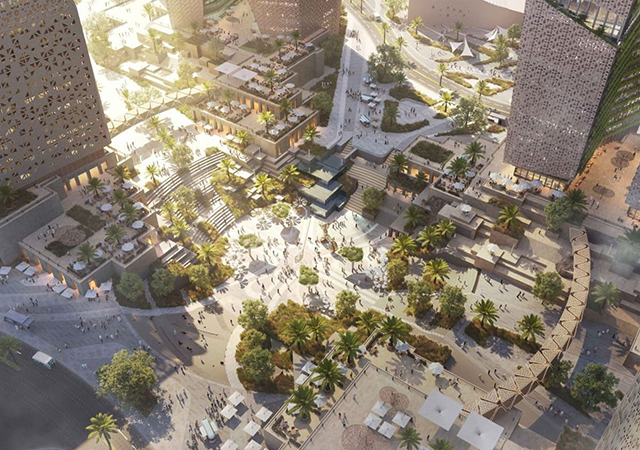


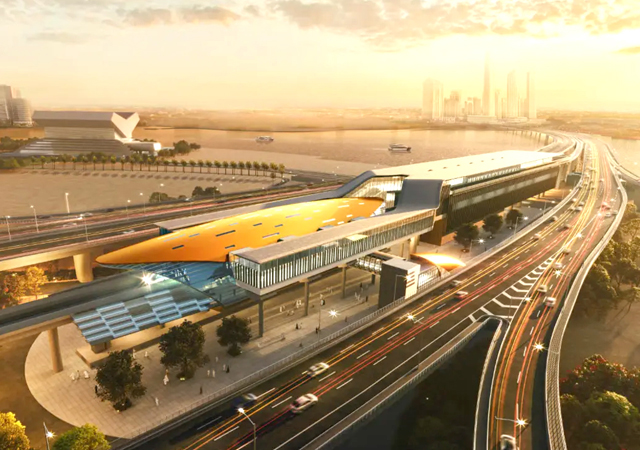
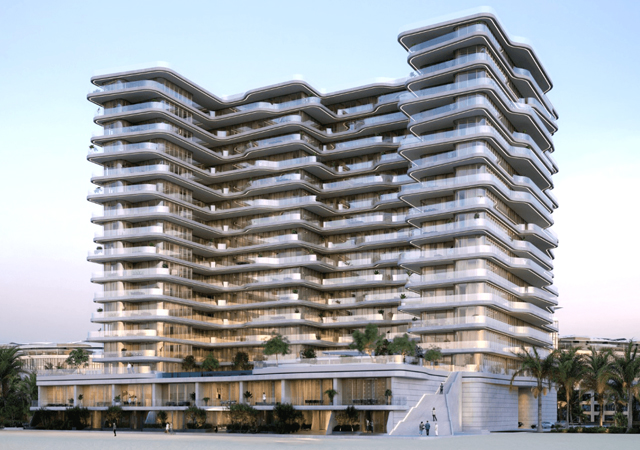

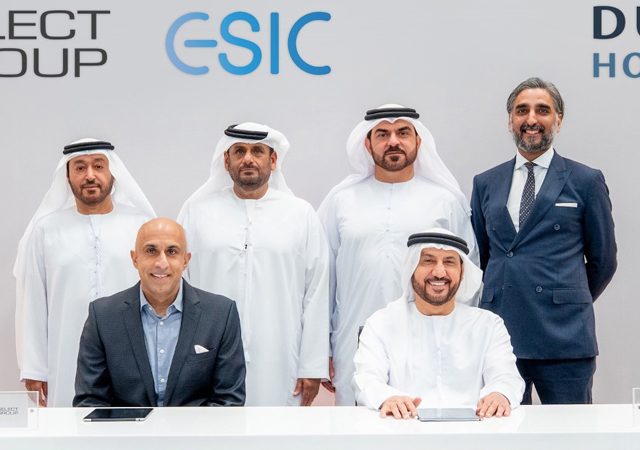
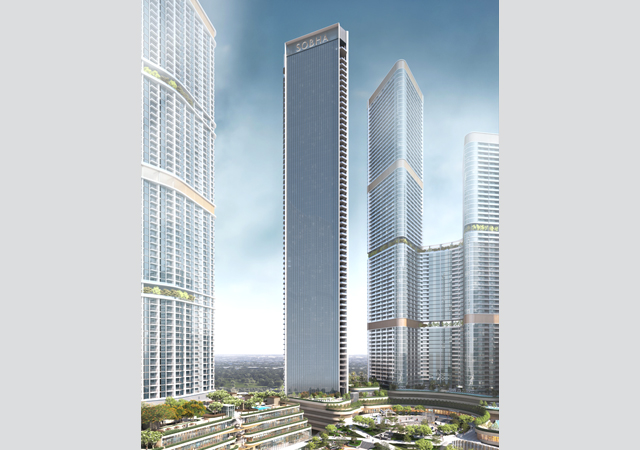
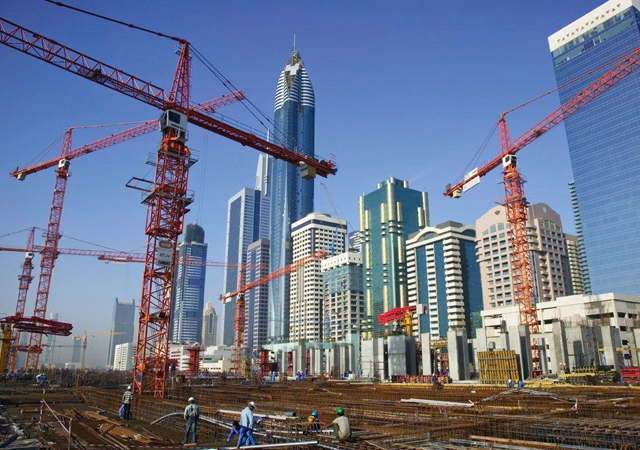
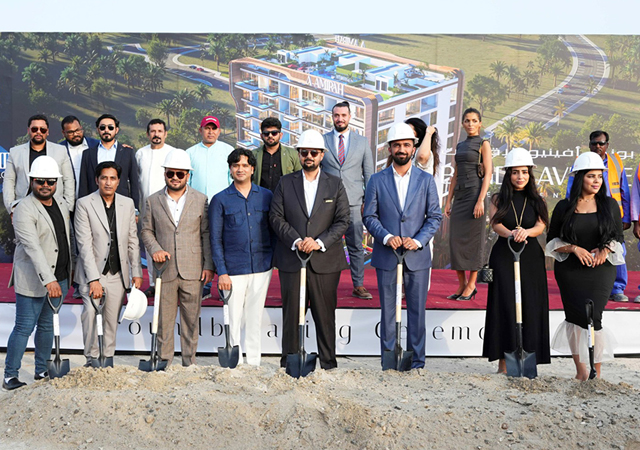
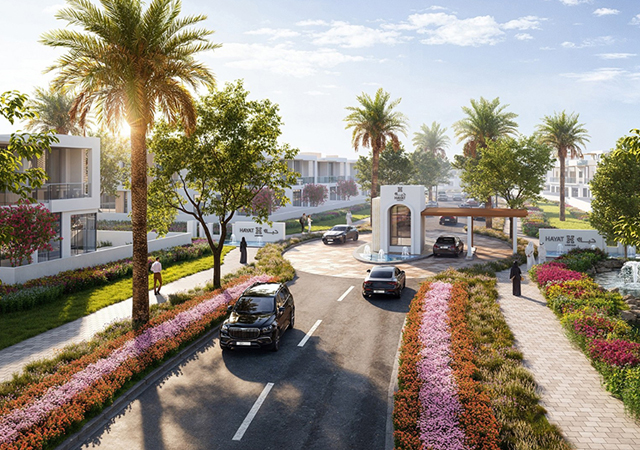

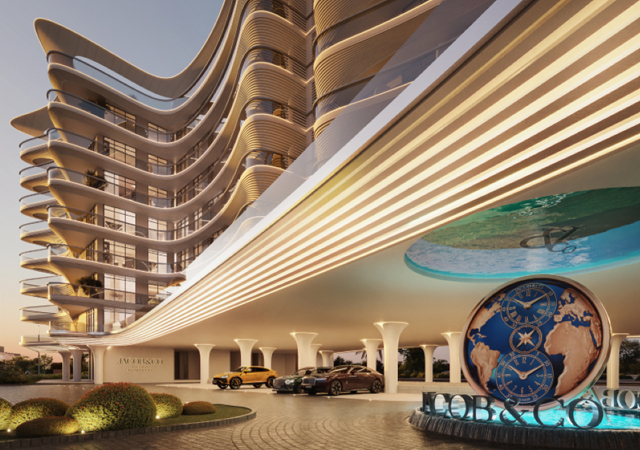



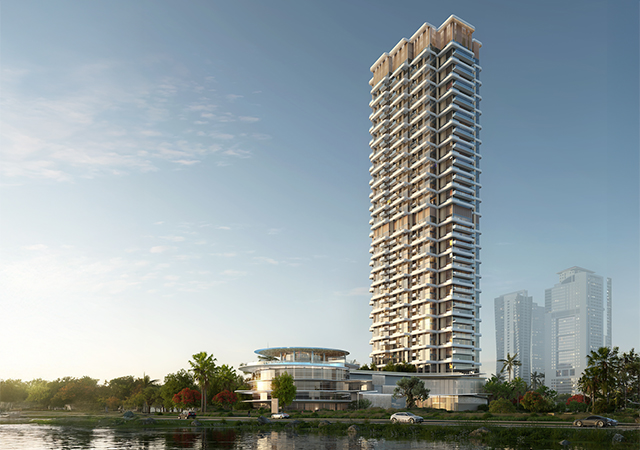

.jpg)
.jpg)
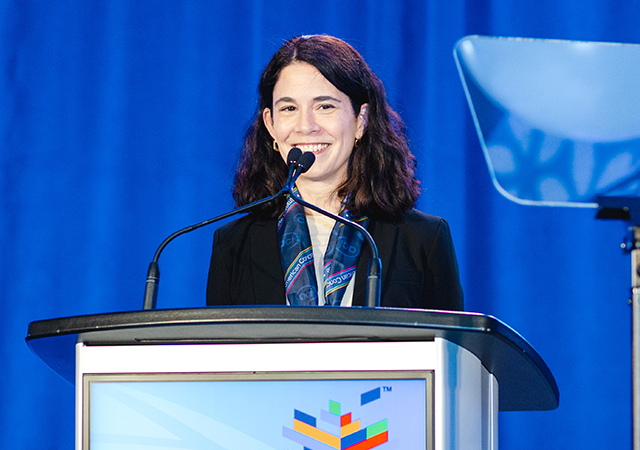
.jpg)




